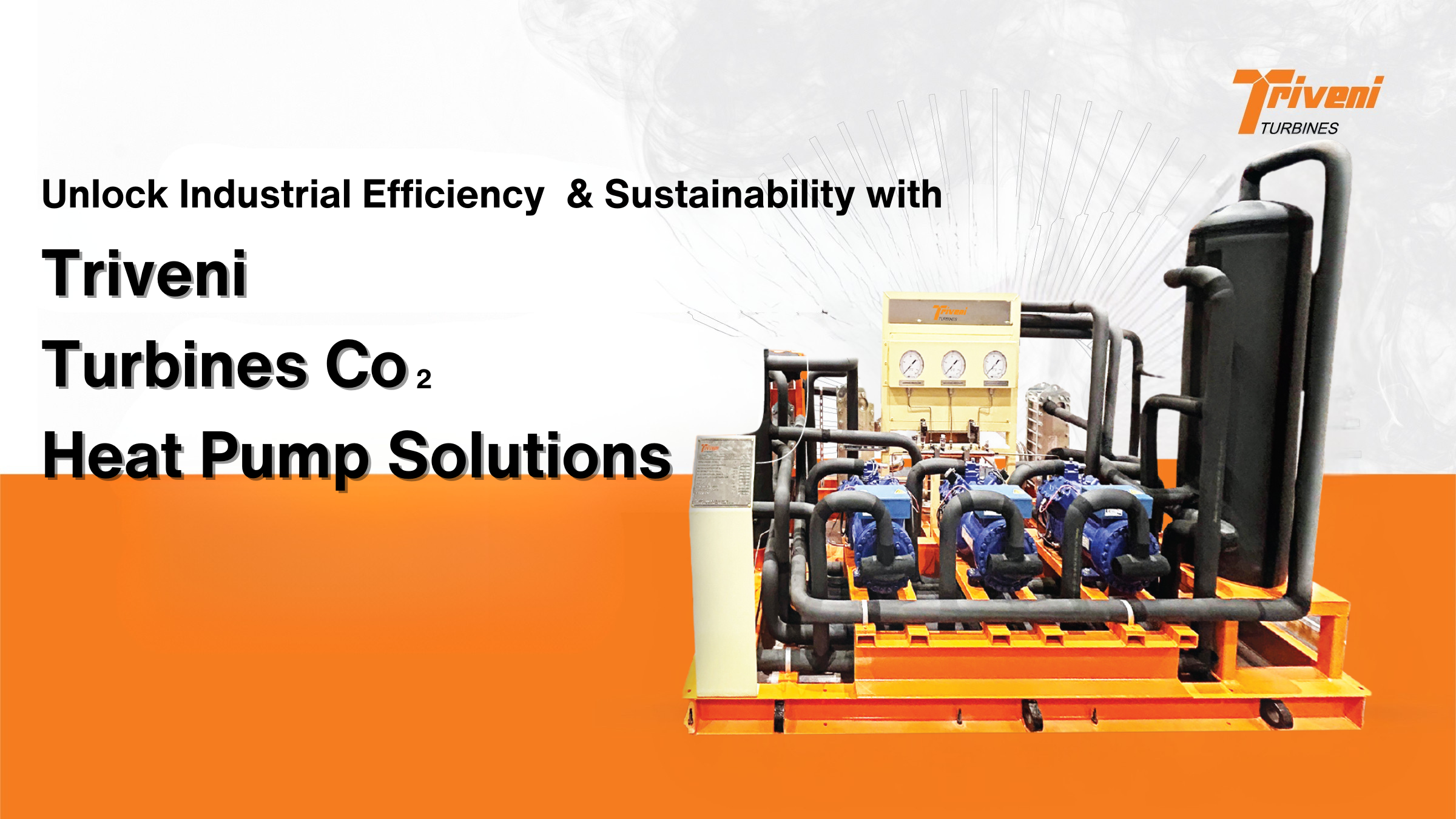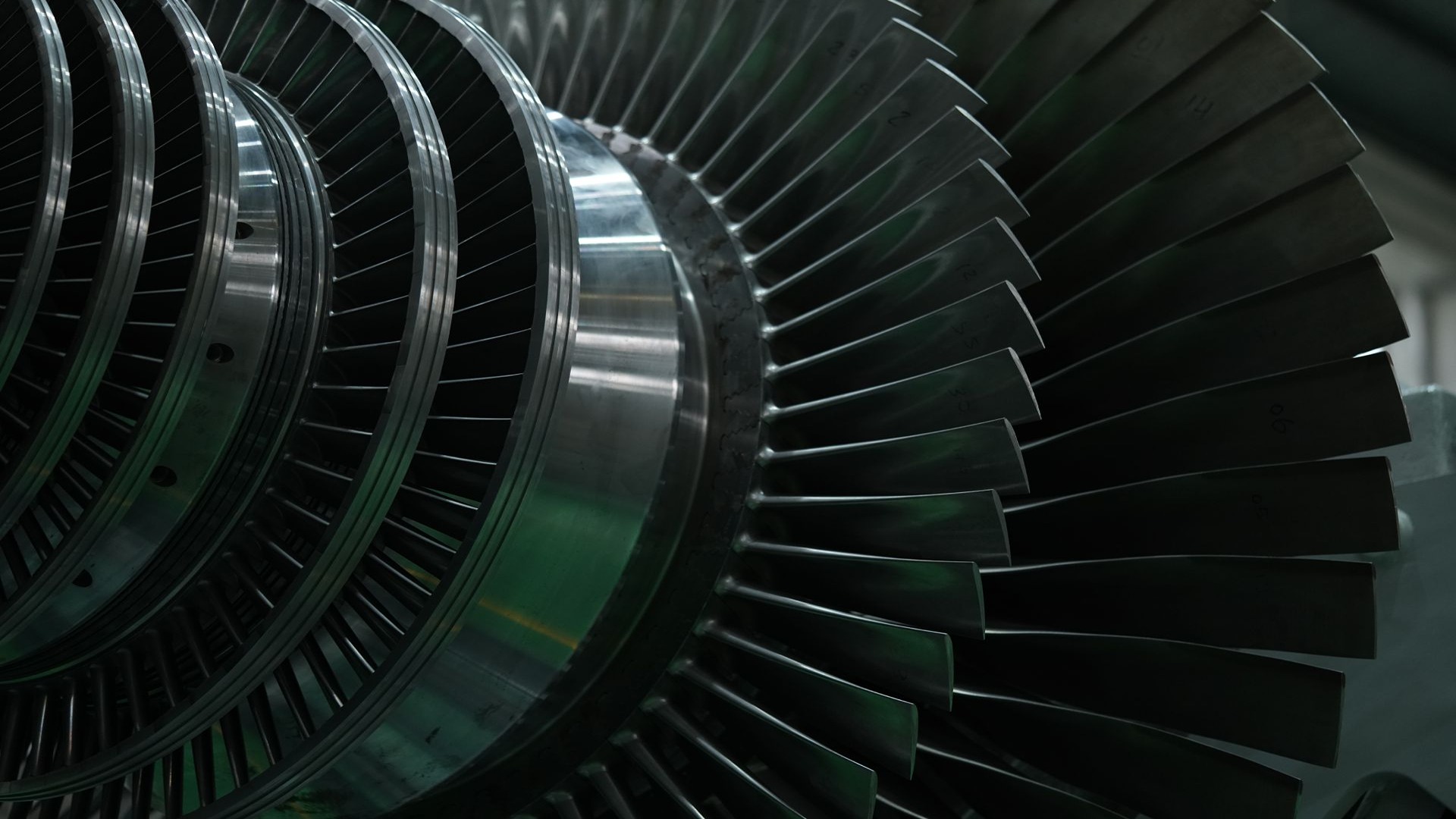
Industrial CO₂ Heat Pump Technology: A Sustainable Heating Solution
Industrial heat powers much of the global economy, yet it carries a heavy cost. As one of the largest contributors to global energy consumption and greenhouse gas emissions, process heating stands as a major challenge on the road to net-zero.
Industrial CO₂ heat pump technology offers a transformative alternative—redefining thermal energy generation to deliver decarbonization without sacrificing performance or profitability.
The Superiority of the Transcritical CO₂ Cycle
The transcritical CO₂ cycle forms the backbone of today’s most advanced systems, a thermodynamic process that sets this technology apart. Unlike conventional refrigerants, CO2 operates in a supercritical state at high pressures, allowing it to absorb and release large amounts of heat efficiently.
This distinctive feature of the transcritical CO₂ cycle empowers the systems to attain both high temperatures and efficiencies, making them uniquely suited for demanding industrial applications where other heat pumps fall short.
Engineering a Sustainable Future with Modern Solutions
Shifting from a standardized approach is crucial for fulfilling the demands of complex industrial processes. Modern industrial heat pump solutions leverage deep-rooted knowledge in thermal engineering and cutting-edge innovation to deliver systems that are not only highly efficient but are fundamentally designed to future-proof industrial operations.
A CO2 heat pump represents a significant leap forward from fossil fuel-dependent boilers and outdated refrigeration systems, combining high performance with unparalleled environmental responsibility.
Superior Performance with a Natural Refrigerant
The core of this advanced industrial heat pump technology is the use of carbon dioxide. This strategic choice embodies a strong environmental commitment. Unlike synthetic refrigerants that have a high Global Warming Potential and face global phase-outs, the CO2 used in a transcritical CO2 system has a GWP of 1 and an Ozone Depletion Potential of 0. This makes these systems inherently eco-friendly and compliant with evolving international regulations.
In addition to its environmental benefits, the transcritical CO₂ cycle delivers outstanding performance. A modern CO2 heat pump is engineered to achieve efficiencies 3 to 5 times higher than conventional alternatives. This means for every unit of electrical energy consumed, the system delivers multiple units of usable heat, dramatically reducing operating costs and slashing carbon emissions.
By electrifying thermal processes, this industrial CO2 heat pump technology enables industries to integrate with renewable energy sources seamlessly.
Custom-Engineered for Diverse Industrial Applications
Advanced CO₂ heat pump solutions are designed to address the precise requirements of modern industry. With systems starting at thermal capacities of 100kW, they are custom-built to match precise pressure, temperature, and flow requirements across a wide spectrum of sectors.
The versatility of the transcritical CO2 system allows it to provide simultaneous heating for pasteurization and cooling for storage in the Dairy & Food industry, offer precise temperature control for chemical processes, and recover waste heat in Pulp & Paper production.
Driving Industrial Decarbonization Forward
Industrial heat pump technology, particularly the CO2 heat pump leveraging a transcritical CO2 cycle, is a comprehensive, sustainable heating solution. It represents a commitment to smart innovation, ensuring robustness and seamless integration. By offering one integrated system for both heating and cooling needs, this technology helps industries simplify their plant layout, reduce capital expenditure, and achieve a significantly better return on investment.
This sophisticated engineering provides practical, powerful, and future-ready solutions to reduce energy use and eliminate emissions, serving as a cornerstone for any industrial sustainability journey. It offers a clear and effective route for industries to achieve their operational and environmental goals, making a definitive step towards a cleaner, more efficient, and sustainable future.
